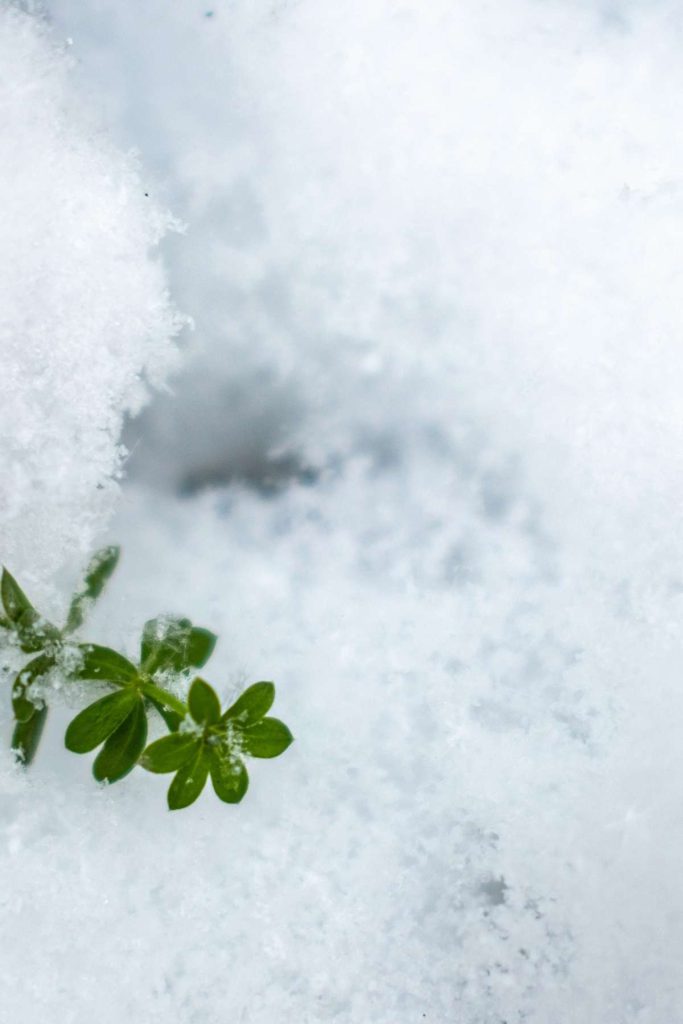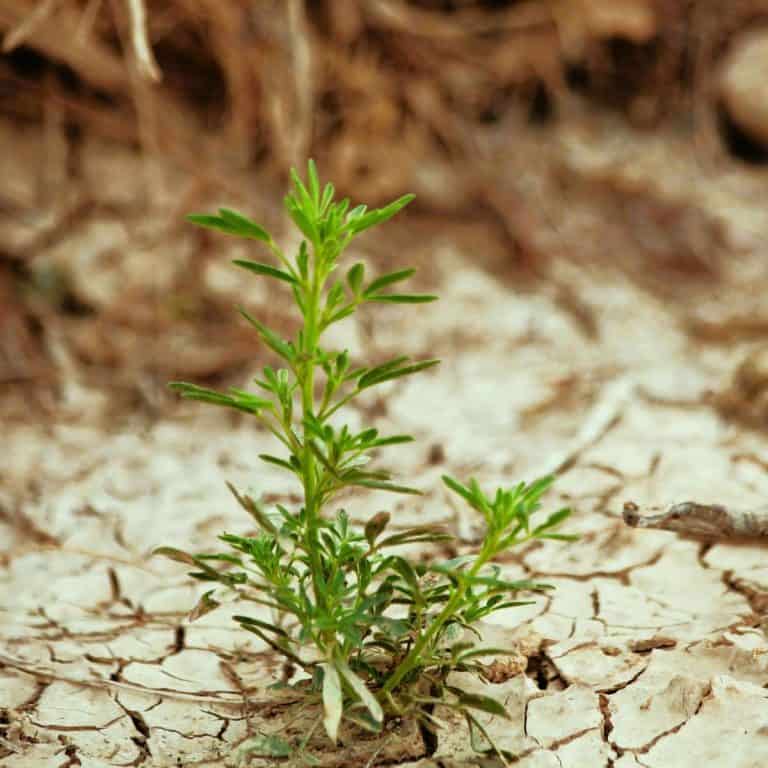How to Build Resilience (No Manual Required)
Here are some simple, soulful ways I’ve been learning to build resilience in my life and movement practice, no rigid formulas required.
If you haven’t yet, check out this article about the importance of resilience in learning.

Learn to listen before you fix.
Whether it’s your body, your land, or your emotions, pause and observe first. Patterns emerge when you slow down long enough to notice them.
Whenever something goes wrong, my instinct is to jump in and fix it right away. But slowing down and really listening has taught me that most of my rushed solutions only create more problems. When I can sit with the issue (be present, patient, and attentive), more often than not, I discover a solution that’s both simpler and more effective.
And for you fixers out there, sometimes it isn’t yours to fix. And that’s ok. God has a way of showing up, especially for the tough ones.
Let principles lead the way.
Start asking: What’s the purpose here? What’s the pattern beneath this? Instead of memorizing steps, learn the why.
When I first learned how to season a cast iron pan, I read a bunch of tutorials and tried a few different methods. But I couldn’t figure out why my approach, just adding more oil before cooking, wasn’t working. It wasn’t until I learned the principles behind it that I was able to find a method that worked for me. The pores of the pan need to be open to absorb the oil, which only happens when the pan is really hot. And if the oil layer is too thick, it turns sticky instead of creating that smooth, seasoned surface. So the trick is to heat the pan first, then apply a very thin layer of oil, spread it evenly, and let it cool. That’s what makes the seasoning actually work.
Practice creative substitution.
Can’t do a specific movement? Modify it. Missing an ingredient? Improvise. Life rarely gives us the exact recipe. Adaptation is a superpower.
I try not to buy anything I don’t truly need, especially if it only serves one purpose. I usually start by looking at what I already have and asking myself if I can make it work. This often comes up in the kitchen when I’m adjusting recipes, but I find the same sense of freedom and satisfaction in other areas too. Even in a yoga class, I enjoy the challenge of using what’s available to modify a pose. There’s something empowering about making do with what I have, both creatively and intentionally.
Let go of comparison.
Your rhythm, range, pace, and style are valid. Just because someone else can do the thing doesn’t mean it’s the right thing for your context.
I get serious garden envy sometimes. This year I seeded extra tomato plants and gave a bunch away to friends and family. My own plants are doing okay, but then I saw my mom’s garden, and her tomatoes are booming. I had a moment like, Wait, I seeded those? How are they so big and mine… not?
But then I remember that our sun exposure is different. Our soil is different. Our watering habits, microclimates are all different. I have to remind myself that my garden is doing its thing. And so am I.
Reclaim intuition as wisdom.
Intuition isn’t the opposite of knowledge, it’s the wisdom that lives in your bones. Make space to trust it again.
I’m a feeler, so I can usually tell when my energy is being drawn in a certain direction. I can also sense when something feels out of alignment. The Holy Spirit has a gentle way of nudging us toward what is right, if we stop and listen. Have you ever followed someone else’s lead, even though you knew deep down it wasn’t the right way? That quiet gut check is no small thing. Our inner knowing carries immense wisdom, if we’re willing to trust it.
Hold methods loosely.
Learn them, use them, appreciate them, but don’t worship them. Let methodology serve you, not enslave you.
I might contradict myself for a minute, but stick with me. I sent a friend my hummus recipe, and not long after, she texted to say it turned out too runny. I asked how much water she used, and she said, I don’t know, I just dumped some in. I told her it sounded like she added more water than needed, so I suggested tossing in a few more chickpeas to thicken it and adjusting the salt to taste. She did, and it turned out great.
So… should we follow recipes exactly? Well, sometimes. It was her first time making hummus, so she didn’t have a frame of reference yet for how much water is too much. But now she does. After a few tries, it becomes easier to understand the ratios and make adjustments based on taste and intuition.
When you’re learning something completely new, a solid tutorial can be a great place to start. Then, once you’ve got the feel for it, you can riff, adapt, and make it your own.
Expect change.
Build systems, routines, and practices that can flex with life’s seasons. That’s what makes them resilient, not their rigidity, but their responsiveness.
My ultimate goal has been to find a structured routine that offers maximum flexibility while still helping me get things done. It’s a tricky balance. For me, following the exact same daily patterns doesn’t work well because I get bored easily and need variety. So instead, I block off chunks of the day dedicated to certain tasks but leave a lot of flexibility within that structure. I try to align tasks with my natural energy rhythms. I am much more focused and productive in the morning, but if I don’t get moving by mid-morning, I start to feel antsy and lose motivation for the rest of the day. That’s why I build a schedule that is flexible and can adjust as needed. I also build in margin for interruptions and unexpected moments, which helps me keep my cool when I get sidetracked by what’s going on around me.
Parting Words
Wherever you are in your journey to build resilience, I hope these ideas spark fresh insight and give you confidence to trust your own path.





